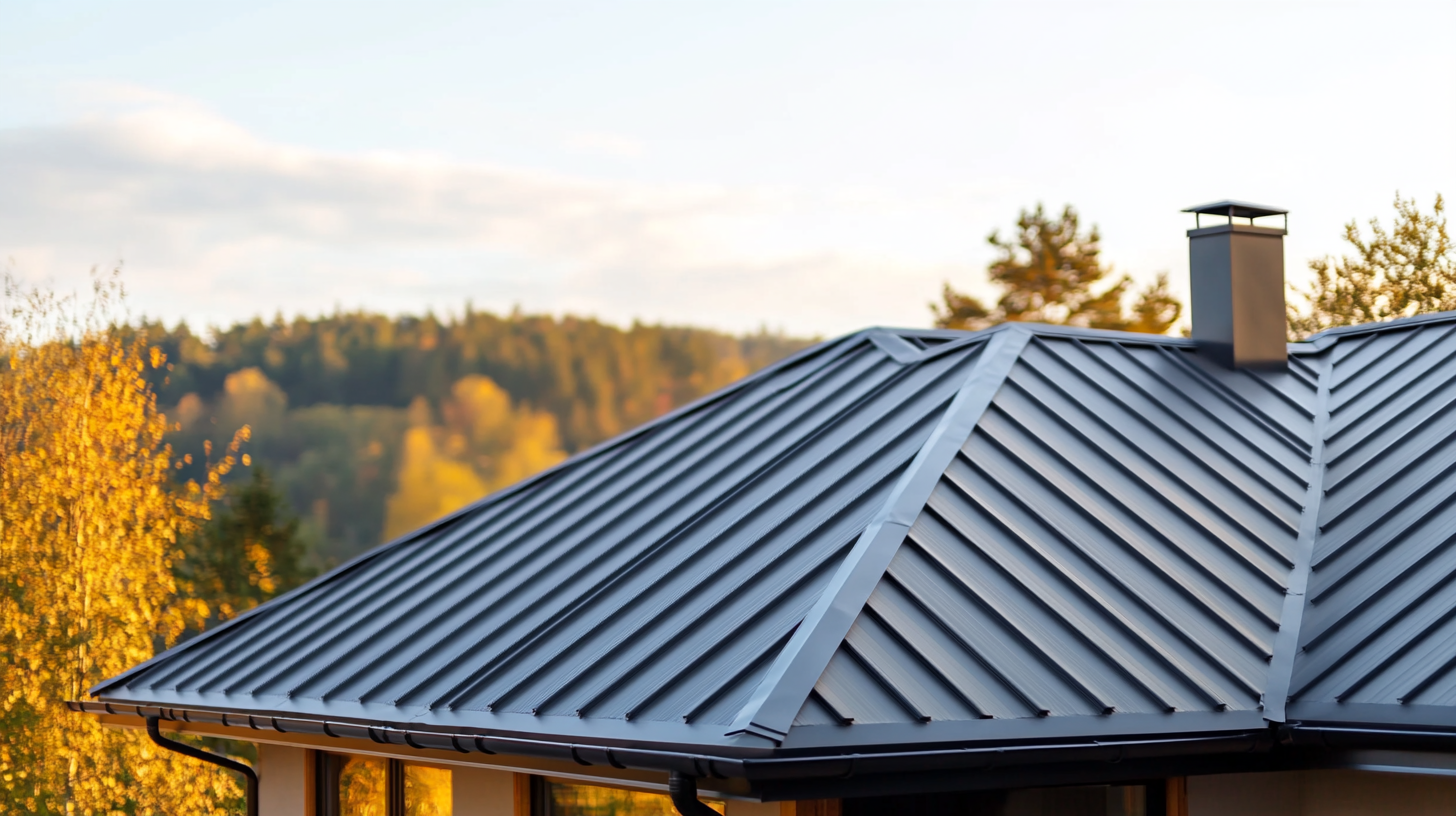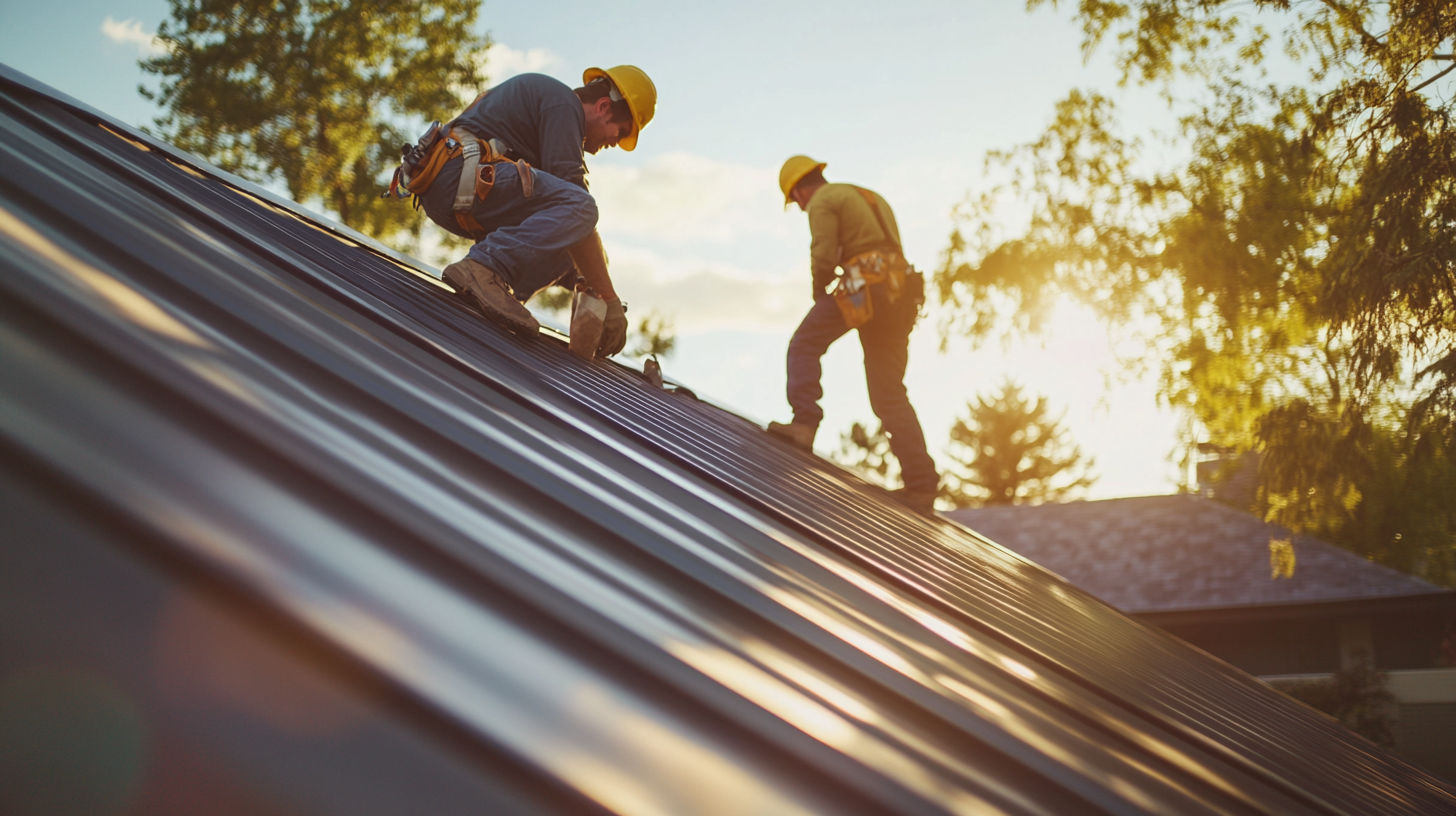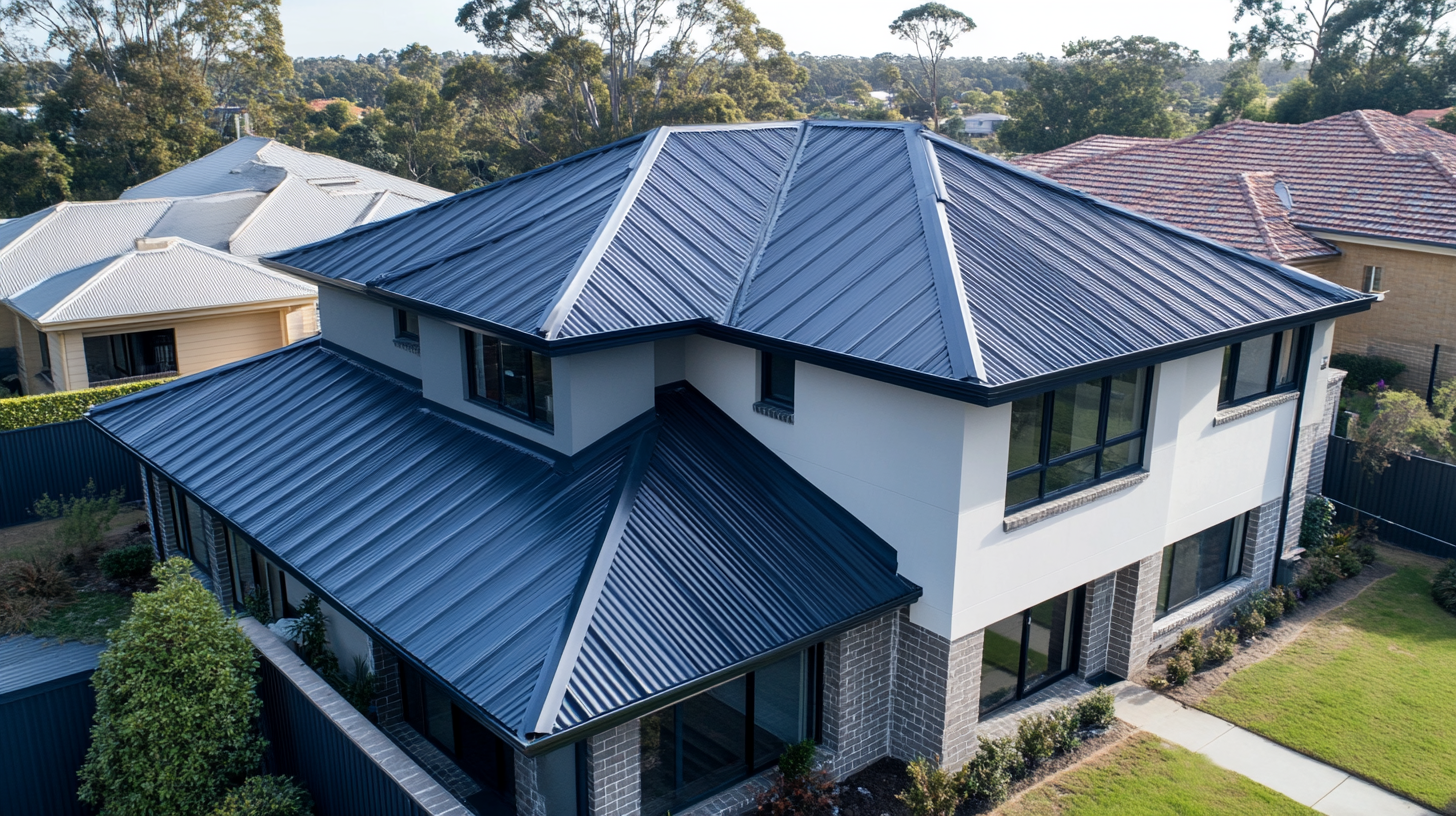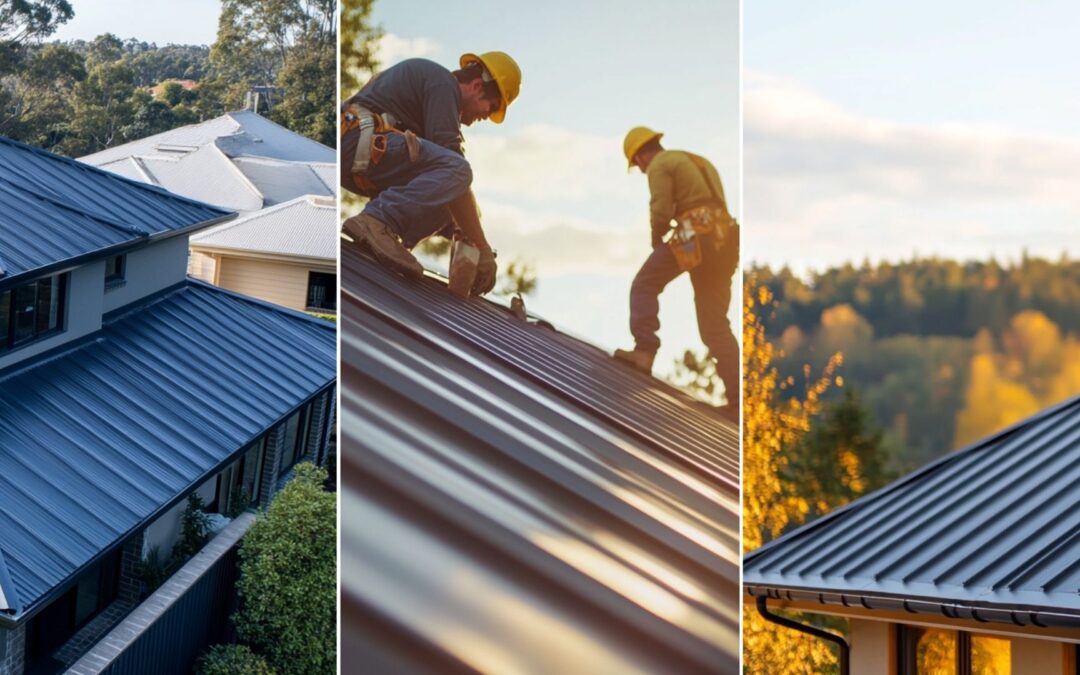The Longevity and Durability of Metal Roofing
Metal roofs have become famous for homeowners seeking a durable, long-lasting roofing solution. Known for their resilience and ability to withstand harsh weather conditions, metal roofs offer a significant advantage over traditional
roofing materials. Their longevity not only contributes to lower maintenance costs but also enhances the overall value of a property. With advancements in technology and design, metal roofing is now available in various styles and finishes, making it an attractive option for any architectural aesthetic. Metal roofs have numerous benefits, including durability, and they are an excellent investment for any homeowner looking to improve the integrity and lifespan of their roofing system.
Importance of Roof Longevity
Metal roofing stands out for its exceptional longevity, often outlasting traditional materials like asphalt roofs, which typically last around 15 to 30 years. With a lifespan of 40 to 70 years or more, metal roofing, including steel, aluminum, and copper roofs, provides significant durability, making it an ideal choice for homeowners. Proper installation and regular maintenance further enhance this longevity, ensuring that metal panels can withstand extreme weather conditions, such as strong winds and heavy rain, reducing the risk of water damage. Additionally, the low maintenance requirements of metal roofing contribute to cost savings over time by reducing the need for frequent repairs and replacements. This durability helps homeowners save money and promotes sustainable solutions by minimizing waste and environmental impact. Opting for metal roofing means investing in a reliable, durable, and eco-friendly option that benefits the homeowner and the planet for decades.

Longevity and Durability - Overview of Metal Roofing Materials - Sky Roofing Construction & Remodeling
Overview of Metal Roofing Materials
Metal roofing has recently gained popularity as a top choice for homeowners seeking a durable, long-lasting roofing solution. Unlike traditional asphalt shingles, metal roofs are designed to withstand the test of time, offering superior resistance to extreme weather conditions. They come in various materials, including steel, aluminum, and copper, each offering distinct advantages in terms of longevity, life expectancy, and performance. Seam metal roofs, for instance, provide added protection against leaks, while a protective coating can extend the average lifespan even further. The lightweight nature of metal roofs, combined with their ability to reflect radiant heat, makes them an energy-efficient option that can help reduce utility costs despite their higher initial cost. Additionally, their low maintenance requirements further enhance their appeal, making them suitable for various architectural styles. This overview highlights the diverse range of metal roofing materials available, emphasizing their durability and benefits to residential and commercial properties.

Longevity and Durability - Understanding Metal Roofing - Sky Roofing Construction & Remodeling
Understanding Metal Roofing
Understanding metal roofing involves recognizing the numerous benefits and advantages this material offers, particularly in terms of the longevity of metal roofs and their durability. Metal roofing options are renowned for their ability to withstand harsh environmental conditions, from heavy rains and snow to extreme heat and winds, minimizing the risk of weather damage. Unlike traditional asphalt roofing, metal roofs are less prone to cracking, shrinking, and eroding, ensuring a reliable and long-lasting protective barrier for your home.
The quality of installation plays a critical role in maintaining the optimal condition of these roofs, and regular inspections help ensure they remain in peak performance. Their resistance to rust, corrosion, and pests further enhances their lifespan, often exceeding 50 years with minimal maintenance. Additionally, advancements in metal roofing technology have led to aesthetically pleasing designs and various types of metal roofing, including those with high recycled content, making them a popular choice for residential and commercial properties. Understanding these key features and the strong return on investment associated with metal roof installations can help homeowners decide when considering roofing options that promise value and durability.
Definition and Types of Metal Roofs
Metal roofs are an increasingly popular roofing option for their longevity and durability. The four major types of metal roofing systems include galvanized steel, aluminum, copper, and zinc, each offering unique characteristics. Galvanized steel roofing is highly durable and cost-effective, making it suitable for various climates, mainly where heavy snowfall and extreme temperature fluctuations occur. Aluminum roofing is lightweight, corrosion-resistant, and ideal for coastal areas. Copper roofing boasts a timeless visual appeal, developing a beautiful patina over time while providing exceptional longevity. Zinc roofing offers unique self-healing properties, making it durable and low maintenance.
The lifespan of metal roofs often surpass traditional shingle roofs, including asphalt shingle roofs, with proper care and regular maintenance, such as checking for loose fasteners. Homeowners can appreciate the minimal maintenance requirements associated with metal roofs, along with their sleek appearance, which enhances the overall look of a home. Additionally, metal roof systems contribute to reducing the carbon footprint due to their recyclable materials and energy efficiency. By understanding the benefits and characteristics of galvanized steel, aluminum, copper, and zinc roofing and relying on experienced professionals for installation, homeowners can be informed choices that best suit their needs and preferences, ensuring a durable roof that lasts decades.

Longevity and Durability - Common Materials Used in Metal Roofing - Sky Roofing Construction & Remodeling
Common Materials Used in Metal Roofing
Metal roofing is renowned for its longevity and durability, with several materials offering unique properties and benefits. Steel, a popular choice, is known for its strength and resistance to impact and damage, making it suitable for high-wind areas. Aluminum is lightweight and highly resistant to corrosion, ideal for coastal environments, while copper provides a distinctive aesthetic and extended lifespan, often lasting over 50 years. Zinc roofs are also durable, have natural self-healing properties, and are excellent for areas with varying weather conditions. Among the aesthetic options, standing seam roofs present a sleek, modern look, while metal shingles or tiles offer a traditional appearance without sacrificing the advantages of metal roofing. Each type brings benefits, ensuring homeowners can find a suitable option for their style and environmental needs while enjoying long-lasting protection.
Advantages of Metal Roofs
Metal roofs have gained immense popularity in recent years thanks to their remarkable durability and longevity. As homeowners increasingly seek roofing solutions offering strength and aesthetic appeal, metal roofs are a top choice. Not only do they provide excellent protection against harsh weather conditions, but they also require minimal maintenance compared to traditional roofing materials. Understanding the advantages of metal roofs can help homeowners make informed decisions about their roofing options, ensuring their investments are secure for decades. Whether you’re building a new home or considering a roof replacement, exploring the benefits of metal roofs is essential for achieving lasting value and peace of mind.
Energy Efficiency Benefits
Metal roofing offers significant energy efficiency benefits, making it an excellent choice for homeowners looking to reduce cooling costs during the hot summer months. Its highly reflective properties help to deflect sunlight, keeping homes more relaxed and ultimately contributing to long-term energy savings. Furthermore, metal roofs can be easily complemented with cool roof coatings, which enhance their reflective capabilities even further, optimizing energy conservation throughout the year. Design features such as integral airspaces also play a crucial role by providing insulation that minimizes heat transfer, leading to greater year-round energy efficiency. By choosing metal roofing, homeowners invest in durability and take a proactive step towards creating a more energy-efficient living environment.
Minimal Maintenance Requirements
Metal roofs are celebrated for their minimal maintenance requirements and exceptional durability, resisting common issues such as rot, mildew, and insect damage. While these roofs are designed to endure the elements with little upkeep, routine inspections, debris clearing, and maintaining clear gutters are crucial for enhancing their longevity. Regular check-ups allow homeowners to identify and address minor issues before they escalate into more significant, costly problems. By keeping an eye on the roof’s condition and ensuring cleanliness, homeowners can ensure that their metal roofs continue to perform at their best for years to come. Prioritizing these simple maintenance tasks ultimately safeguards the investment in a metal roof, allowing it to deliver long-lasting protection and peace of mind.
How Long Do Metal Roofs Last?
When considering roofing options for your home, longevity is a critical factor that can significantly impact your investment and overall peace of mind. Metal roofs have emerged as a top choice due to their impressive lifespan, often exceeding 50 years with proper maintenance. Their resilient construction resists harsh weather conditions, from heavy rain and snow to extreme heat, making them a durable option for various climates. Unlike traditional roofing materials that may require frequent repairs or replacements, metal roofs are designed to withstand the test of time, ensuring long-term performance and reliability. Understanding their longevity will help you decide on your home’s protection and aesthetic appeal.
Lifespan Comparison with Traditional Roofing Materials
The differences are remarkable when comparing the lifespan of metal roofing to traditional materials like asphalt shingles. While asphalt shingles typically last around 20 to 30 years, metal roofs can endure anywhere from 30 to 100 years, depending on the material. This impressive longevity underscores the durability of metal roofing, making it a superior choice for homeowners seeking a long-term investment. Beyond lifespan, metal roofs require significantly less maintenance than shingles, often requiring routine repairs and replacements due to wear and weather exposure. By opting for metal roofing, homeowners benefit from enhanced durability and lower maintenance needs, ensuring that their roofs remain reliable and aesthetically pleasing for decades.
Experience Unmatched Longevity and Durability
Longevity and durability are the hallmarks of metal roofing, offering homeowners a resilient and long-lasting solution that stands the test of time. With metal roofs, you benefit from superior protection against harsh weather, minimal maintenance needs, and enhanced property value (https://skyroofingconstructiontx.com). For a roofing system that delivers exceptional performance and peace of mind, contact Sky Roofing Construction & Remodeling today at (210) 942-9797 to schedule your quality installation.




